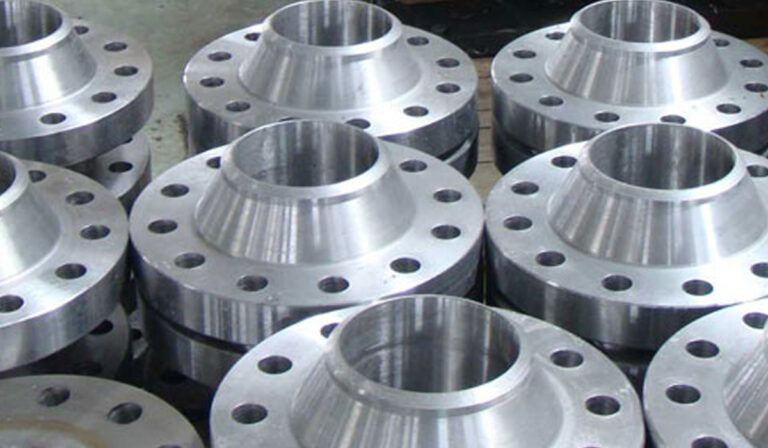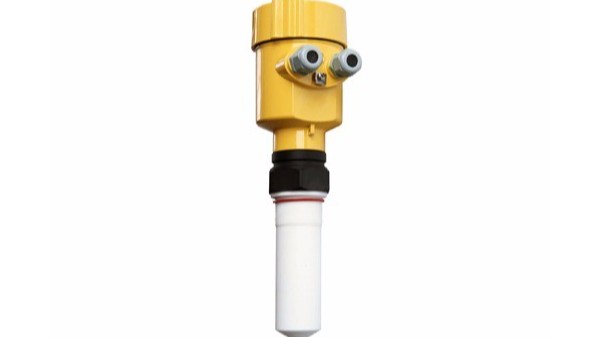Radar level meters are widely used in level monitoring of storage tanks, reactors and other containers due to their high accuracy and reliability.
However, the performance of the level meter is often affected by the sealing of its connecting part – the flange. This article will delve into several key factors that affect the sealing performance of the radar level meter flange and illustrate them with specific examples.

Ambient temperature is one of the first factors. Just as metal expands at high temperatures and contracts at low temperatures, flanges and their sealing components can also physically deform due to temperature changes.
For example, in hot desert areas where equipment is exposed to the scorching sun, the flange may expand excessively and damage the seal, causing leakage. Therefore, it is crucial to select sealing materials and structural designs suitable for specific temperature ranges.
Pressure fluctuations cannot be ignored either. In the chemical process, a sudden increase or decrease in internal pressure will cause impact on the flange connection, thus affecting the sealing performance. Imagine a reactor with a radar level gauge.
When adding materials or releasing products, drastic changes in pressure may cause tiny gaps at the flange interface, causing leaks. Therefore, ensuring that the flange has sufficient strength and appropriate elasticity to adapt to pressure fluctuations is an important measure to ensure sealing.

The problem of corrosion cannot be underestimated. Many industrial environments are filled with corrosive gases or liquids. These media may corrode the flange surface and sealing materials, reducing their sealing effect. Take an oil platform on the seashore as an example.
The sea breeze contains salt. If exposed to such an environment for a long time, the flange metal may corrode and damage the sealing performance.
The use of corrosion-resistant materials and coatings, or regular maintenance and replacement of damaged parts, are all part of the strategy.
Installation errors are also a major influencing factor. Even the best quality flanges and seals will not perform as well as they should if they are not installed properly.
Take, for example, the installer’s failure to tighten bolts evenly, which can result in uneven sealing, leaving potential for leaks. Precise installation procedures and strict quality control are key to ensuring correct installation.

Finally, material characteristics are also a factor that cannot be ignored. Different materials have different compatibility with seals. For example, some chemicals may soften or dissolve certain seal materials, while some solid particles may wear away at sealing surfaces.
Understanding and selecting sealing materials that are compatible with the material being stored is critical to maintaining long-term sealing performance.

To sum up, ambient temperature, pressure fluctuations, corrosion, installation errors and material characteristics are the main factors that affect the sealing performance of the radar level meter flange.
Taking corresponding preventive and improvement measures in response to these factors will undoubtedly improve the stability and reliability of the level meter, ensure that it can measure accurately in various complex environments, and provide strong data support for industrial production.
